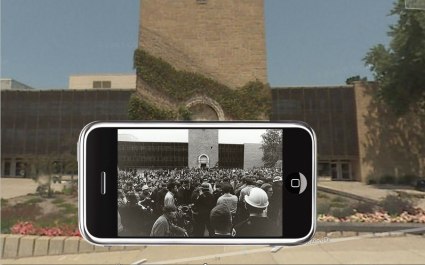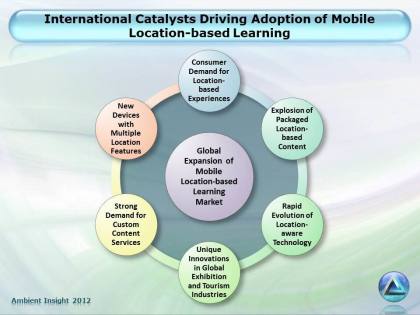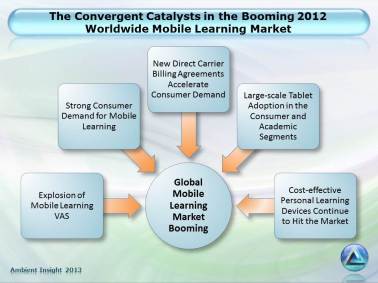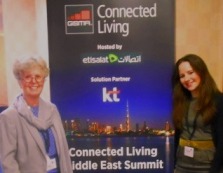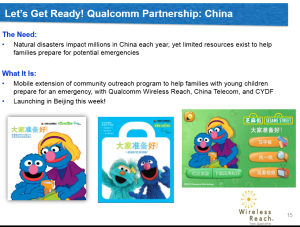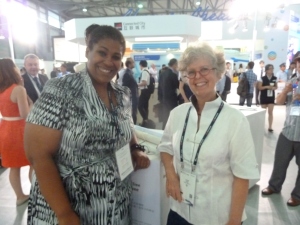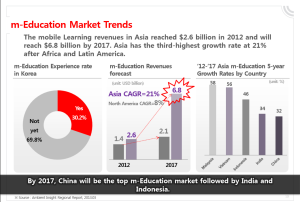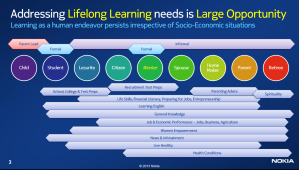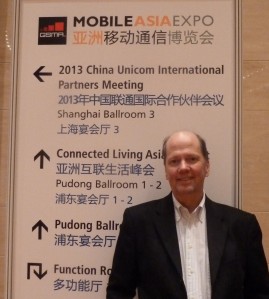Serious Play Conference 2014
July 30, 2014
This year, Serious Games Association executive director Sue Boyle moved the Serious Play conference from misty Seattle to sunny L.A., where it was hosted by the USC Interactive Media & Games Division.
 If you missed the conference, serious game (and serious sim) topics ranged from collaboration, behavior modification, and measurement to virtual world frameworks, markets, and gamification (see June 2014 post, “Sims & Edugames & Gamification–What’s in a Name?”)
If you missed the conference, serious game (and serious sim) topics ranged from collaboration, behavior modification, and measurement to virtual world frameworks, markets, and gamification (see June 2014 post, “Sims & Edugames & Gamification–What’s in a Name?”)
Noah Falstein, Chief Game Designer at Google, gave an excellent keynote, including a discussion of the game-changing possibilities of new hardware. (No, he was not wearing those glasses). He reminded us that although when we think “mobile” we might think of smartphones (after all in 2013, smartphone sales did surpass feature phone sales worldwide), but that much of the world is still using feature phones—a market not to be dismissed.
Along the same lines, in addition to doing your homework and knowing mobile penetration rates in each country you consider your potential market, it’s also important to know bandwidth percentages. For instance 80% of China Mobile is still on 2G, although they have an aggressive program to roll out 4G.
Probably because we at Ambient Insight are very strong on definitions, I enjoyed the quote that Justin Leites (VP for Games at Amplify) gave of Canadian philosopher Bernard Suits’ definition of a game from The Grasshopper: Games, Life and Utopia: “Playing a game is the voluntary attempt to overcome unnecessary obstacles.” Justin also noted that Mark Twain designed educational games (and that he wasn’t very good at it… personally, I’m glad he kept his day job).
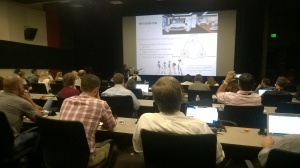 Erin Hoffman, Game Design Lead at Glass Lab / Institute of Play, told a great story on (surmounting) the development team challenges and lessons learned from creating Argubot Academy, a middle school edugame designed to teach kids how to build and validate (or change) an argument. GlassLab is following a pattern we’ve seen lately, instead of only developing games, of expanding to become a platform for other partners to use.
Erin Hoffman, Game Design Lead at Glass Lab / Institute of Play, told a great story on (surmounting) the development team challenges and lessons learned from creating Argubot Academy, a middle school edugame designed to teach kids how to build and validate (or change) an argument. GlassLab is following a pattern we’ve seen lately, instead of only developing games, of expanding to become a platform for other partners to use.
I was pleased to participate again this year, presenting forecasts, investment patterns, catalysts, and trends on both the 2013-2018 Worldwide Market for Sims and Edugames (which our chief research officer Sam Adkins has delivered in the past) and the 2013-2018 Mobile Edugame market. Worldwide, the Game-based Learning market growth rate is 6.7% and will reach $2.4 billion by 2018 with Asia still as the strongest buying region by far. 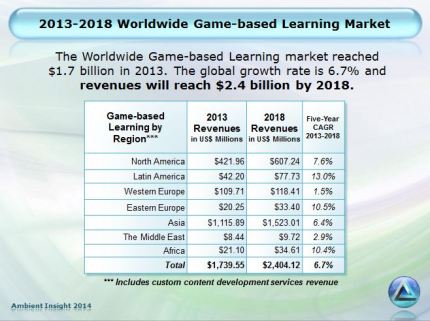
In my mobile session I reported that 5-year CAGR growth in North America for mobile edugames is at 12.5% , and from 2013-2018, revenues will nearly double.  I also raised the warning flag again about the need to keep informed about the various government entities (e.g. FTC + COPPA in the US) that are focusing on regulations, guidelines, and legal action about protecting online privacy for children, and that includes mobile apps.
I also raised the warning flag again about the need to keep informed about the various government entities (e.g. FTC + COPPA in the US) that are focusing on regulations, guidelines, and legal action about protecting online privacy for children, and that includes mobile apps.
We routinely post conference presentations (and white papers, our Research Taxonomy document, and executive summaries of our reports in Ambient Insight’s Resource Library and they’re always free to download. (See the Event Presentations section for slides.) If you’re seriously interested in serious games, you might want to also download the summary for the 2013-2018 North America Mobile Edugame Market report we published in January 2014. (See White Papers, Summaries, and Executive Overviews.)
The conference drew participants and speakers from as far away as India and Scotland. 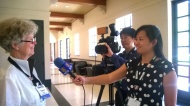 It also attracted the attention of the NTD Global TV Network, the “No. 1 Chinese Media Group.” (They also interviewed Sue Boyle and me — about 7 minutes in, if you’re curious and have time on your hands.)
It also attracted the attention of the NTD Global TV Network, the “No. 1 Chinese Media Group.” (They also interviewed Sue Boyle and me — about 7 minutes in, if you’re curious and have time on your hands.)
That’s all for now,
Tyson

